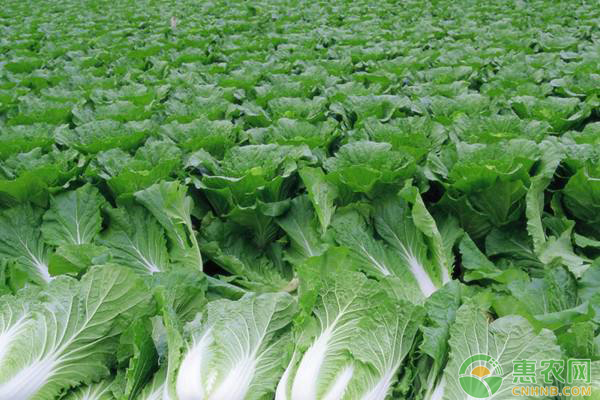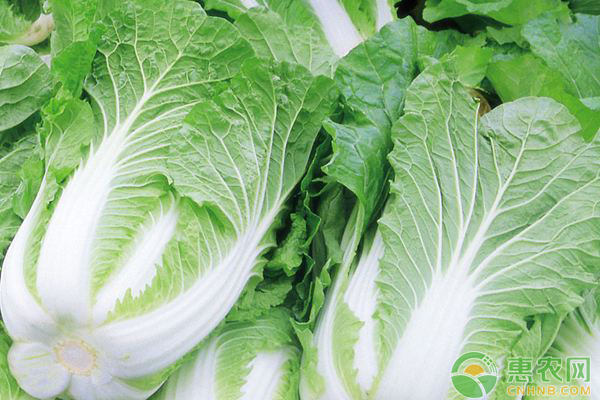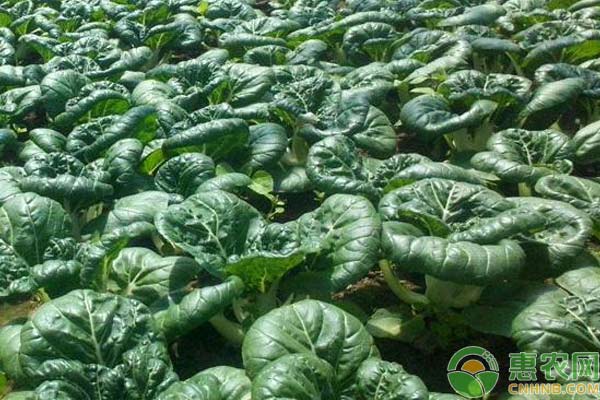How to manage spring and summer cabbage? Spring and summer cabbage cultivation management techniques
Cabbage is a kind of vegetable that is common on the table. It is popular among people. How to manage cabbage during the spring and summer? The following small series talk about the key points of spring and summer cabbage cultivation.

1 variety selection
It has been selected for variety, low temperature resistance, strong winter temperature, high temperature resistance, suitable for spring, summer cultivation in the region, resistant to disease, high quality, high yield and good commodity.
2 Fertilization
2.1 Land preparation
The soil layer is 20~30 cm deep. It is thin, flat, ridged and ridged 65 cm, reaching the state to be planted.
2.2 Fertilization
According to the soil, the total amount of fertilization is determined by the force and the target yield, and the soil testing and formula fertilization is promoted. It can be combined with 3,000 kg of farmland fertilizer per 1000 square meters of land preparation, 50 kg of ternary compound fertilizer and 25 kg of urea.

3 nursery
3.1 Seed germination
Before sowing, first heat it with 50 °C warm water for 15 minutes, then soak for about 3 hours at room temperature, then wash it with water for 2~3 times, remove the drained water and germination at 18~20 °C. When 60% of the seeds are just white, they can be sown.
3.2 Nursery bed preparation
Nutrient soil preparation: the ratio of nutrient soil to grass charcoal (or horse manure): decomposed chicken manure: field is 4:3:3, 400-600 g of diammonium phosphate and 800-1000 g are added per cubic meter of nutrient soil. Potassium sulfate. Configure the mix to be used. The use of fertilizers should meet the requirements of relevant national standards.
The seeding method is: putting the configured nutrient soil into the seedbed, leveling, pouring the bottom water, spraying the 50% carbendazim 500 times aqueous solution quickly and evenly, sowing after water infiltration, and mixing the treated seeds into the fine seeding. Mix the sand and spread it again. The seeding rate is 5 g/m2 and the soil is 1 cm. Then apply a layer of ash.
3.3 Seedling management
The germination period is 20~25°C. When the seedlings begin to be unearthed, they should be promptly uncovered and ventilated. The temperature of the seedbed is 18~22°C during the day and 8~12°C at night. Pay attention to ventilation and ensure the normal growth of seedlings. In the seedling stage, there is no shortage of water and no watering, and the seedlings can be properly watered when they are wilting.
Seedlings: When the seedlings grow to two leaves and one heart, gradually increase ventilation, control water, and exercise properly 3 to 4 days before transplanting. The transplanted seedlings should be carried out on a sunny day. The seedling bed should be watered one day before the transplanting, so that the seedlings can easily slow down the seedlings and lay a 6 cm x 6 cm nutrient bowl in the transplant bed. The ratio of the nutrient soil of the transplanted bed is the ratio of soil: peat: decomposed horse dung is 4:3:3, diammonium phosphate (100 g/m3), and can be colonized when 6~7 leaves are true. Water was immersed 7 days before planting and low temperature refining was carried out.
Strong seedling standards: Plants are robust, plant height is 12 cm, stem diameter is less than 0.5 cm, 6-7 leaves, leaves are thick and dark green, roots are developed, no pests and diseases.

4 Field management
2~3 days after planting, pour a slow water. There is a little more water in the rosette period, but it can't be watered too much. The ball is expected to have the largest amount of water and keep the soil moist. In the rosette stage and the pre-balloon stage, the fertilizer was chased once, and the urea was applied with water 120-150 kg/ha. 4~5 days after planting, timely spray the seedling water to ease the seedlings. Spring cabbage, need to cover the plastic film, advocate a one-time application of the base fertilizer, should be applied on the ground, spray 0.2% potassium dihydrogen phosphate and 0.2% urea, and also spray 0.7% calcium chloride to promote Hold the long leaves and prevent heartburn. Stop using fertilizer 7 days before harvest.
The above is the key point of cabbage cultivation during spring and summer. The above is the open field cultivation technology, such as cultivation in greenhouses and greenhouses, the effect is better, can be planted early, and the morning market.
Vector V16 NLS is a diagnosis and therapy device. Another well-known method for diagnosing the state of energy in a person - is Kirlian‟s aura-diagnostics . It is used to determine the state of the electromagnetic field of a human in general. Status of individual organs is determined by the configuration of their biofield. NLS-diagnostic method allows the evaluation of the state of bio-energy of each organ individually. The results can be obtained in the form of visual images with the topography of the affected area, as well as the graphical features which allow us to analyze damage to body tissue, allowing more accurately to determine not only the type of injury (inflammation or destruction), but also to clarify the diagnosis.

Vector V16 NLS,Body Health Nonlinear NLS Scanner
Shenzhen Guangyang Zhongkang Technology Co., Ltd. , https://www.szlighttherapymachine.com